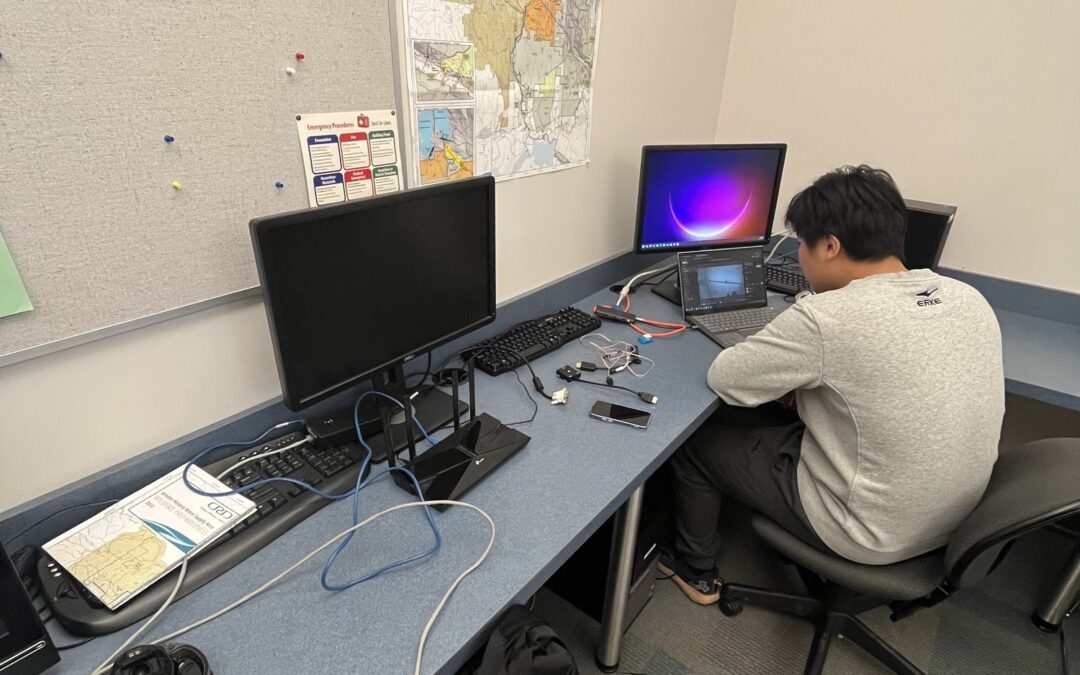This sprint, our team had trouble dividing tasks, which was a challenge. But in hindsight, it was a valuable experience. We all shared different ideas, leading to effective collaboration and success. We embraced and overcame the challenge, learning from it. We’ve been discussing, brainstorming, and trying to comprehend each other’s perspectives. Although we haven’t discovered the ideal resolution, we’re staying well composed and dealing with it. We’re cultivating patience, comprehension, and valuing the procedure.
INSPIRE operates two programs in separate countries: Canada and Nepal. In Canada, three teams are working on unique projects, while two teams are doing the same in Nepal. We usually meet with the teams every two weeks to get updates and feedback, but this sprint we asked for help from the Nepal team’s ambassadors and coordinators. At the start, we began creating our database structure’s Entity Relationship Diagrams (ERD), but we soon learned we lacked the skills needed to finish the job. We asked Bachan, the coordinator of the Nepal team, for one-on-one help because we were unclear about how to proceed and needed guidance from someone with expertise. Bachan not only clarified our concerns but also taught us how to create ERDs that can be used for any project, increasing our skillset and boosting our confidence.
Our team installed the test camera and set up an internal network environment for testing. This is an important step in our POC development because the camera model we are using is the same as the CRD model installed at Sooke Lake Dam. We were able to get a stable video stream from this camera and successfully implemented the video stream into our object detection algorithm. The whole setup is in a partially functional state with the fire detection working with limited accuracy and frame rate. Nevertheless, this is a major breakthrough for our project and we are excited about our progress so far.
Continuing our learning journey, we dedicated this sprint to focus on databases, Node.js, and React. We feel both excitement and concern as we study these new technologies as we feel there is lots for us to learn. Our approach included hands-on creation of necessary project elements, such as mock data for process testing with MySQL. We also built a simple website and connected its frontend to our backend database. The successful integration of the frontend with the backend has increased our confidence in the effectiveness of collaboration.
We’re now gearing up for the next sprint, aiming for a centralized database to improve our testing efficiency and authenticity. Through hands-on exploration, our team is poised to further enrich our knowledge and skills, moving our project closer to its goals.

